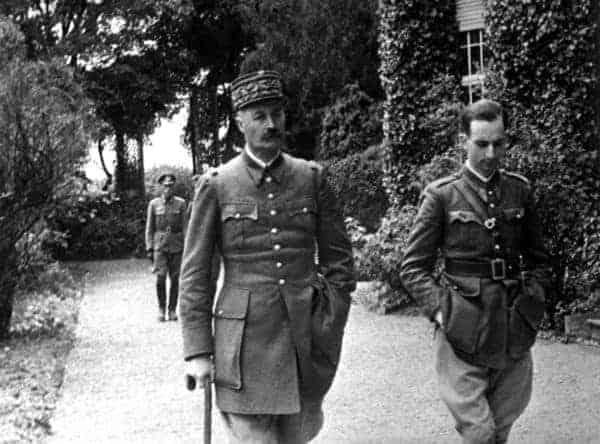During both the First and Second World Wars it was the duty of all captured Allied officers to attempt to escape. And many did, indeed, try to obey this unwritten rule. History books are full of tales of daring-do and audacious break-outs, often carried out right under the nose of the enemy. A few remarkable individuals even managed to get back home and return to active service. None, however, could ever hope to match Henri Giraud, who not only pulled off a great escape during the First World War but then went and repeated the feat almost three decades later at the height of the Second World War.
Not that anyone who ever knew Henri would have been at all surprised by his exploits. After all, if anyone knew all about escape and evasion, as well as about the duties of an officer in wartime it was him, a man who dedicated his life to serving his native France. As soon as his studies were complete, Henri enrolled at the prestigious Saint-Cyr Military Academy, France’s number one military school, graduating in 1900. With three years of classroom learning under his belt, Henri was posted to North Africa to help the Third Republic hold its colonies in Tunisia and Algeria, a posting that lasted 14 years.

Taken Prisoner for the First Time
In 1914, war broke out between France and Germany and Henri was called home. His country had capitulated in the spring of ’14, but by the summer its leaders sensed an opportunity to strike back. The Fifth Army was ordered to launch a counterattack against the German Second Army, led by the feared General von Bulow. Henri, who by now had been promoted to the rank of captain, was tasked with leading his troops, mainly made up of men from North Africa, on a bayonet charge across no-man’s land.
Charging head-on into machine gun posts in the hope of getting close enough to the enemy to engage them in hand-to-hand combat was, as leaders on both sides of the war would soon come to realize, nothing short of suicidal. Nevertheless, despite the overwhelming odds, in August 1914, Captain Giraud led his men ‘over the top’ and into the firing zone, where they were shot down in their thousands.

In all, the French army lost 10,000 men during those two days alone and many more were seriously injured, including Henri himself. Left for dead on the battlefield, he was eventually found by German troops and became one of 2,000 prisoners they took from this battle alone. Along with his compatriots, Henri was transferred to a prisoner-of-war camp across the border in Belgium. Surely his war was over?
Given the seriousness of his injuries, not to mention the fact he had already been serving his country for more than a decade, Henri may have been tempted to sit the rest of the war out. He’d certainly ‘done his bit’ for France. But the career soldier in him wanted to escape, and, thanks to a certain nurse, he didn’t have to wait long for a chance to give his captors the slip…

